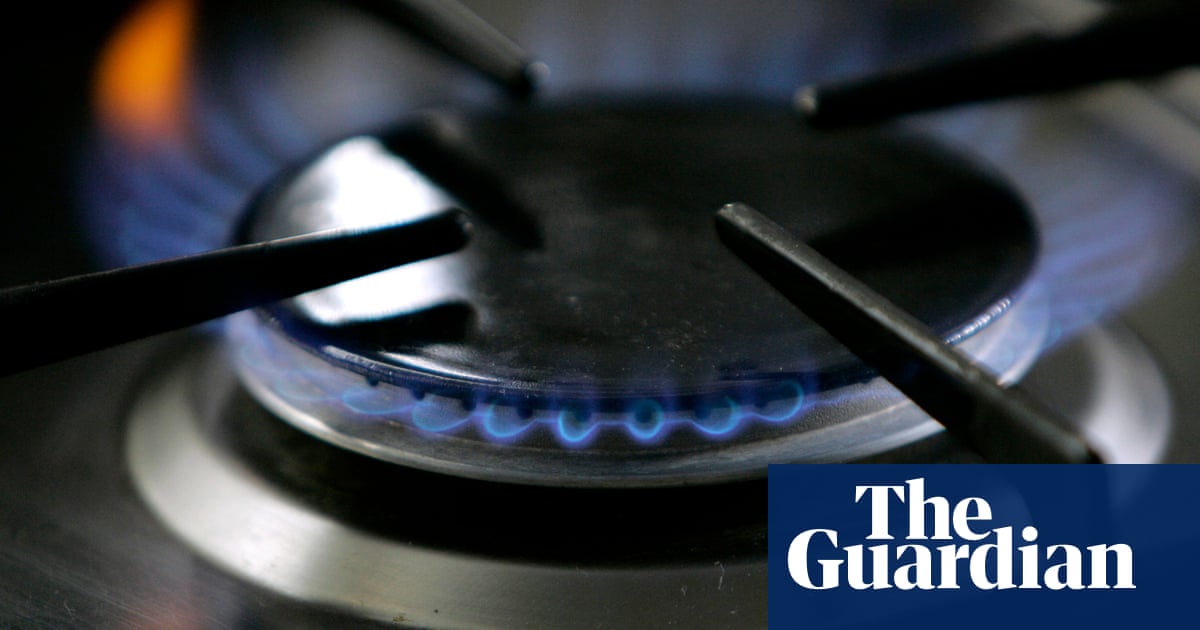Using a gas stove increases nitrogen dioxide exposure to levels that exceed public health recommendations, a new study shows. The report, published Friday in Science Advances, found that people of color and low-income residents in the US were disproportionately affected.
Indoor gas and propane appliances raise average concentrations of the harmful pollutant, also known as NO2, to 75% of the World Health Organizationâs standard for indoor and outdoor exposure.
That means even if a person avoids exposure to nitrogen dioxide from traffic exhaust, power plants, or other sources, by cooking with a gas stove they will have already breathed in three-quarters of what is considered a safe limit.
âWhen youâre using a gas stove, you are burning fossil fuel directly in the home,â said Yannai Kashtan, lead author of the study and a PhD candidate at Stanford University. âVentilation does help but itâs an imperfect solution and ultimately the best way is to reduce pollution at the source.â
Nitrogen dioxide irritates the airways and can exacerbate respiratory illnesses such as asthma. The Stanford study estimates that chronic stove-based nitrogen dioxide exposure is linked to at least 50,000 cases of pediatric asthma in the United States each year. The research, which measured NO2 in more than 100 homes before, during, and after gas stove use, found that pollution migrates to bedrooms within an hour of the stove turning on, and stays above dangerous levels for hours after use.
âItâs moving throughout our whole home much faster than we expected,â said Rob Jackson, professor of Earth system science at Stanford and co-author of the study. âYou have to think about the effects of this not just in one cooking event, but multiple times a day, for lunch and dinner, across weeks and months.â
Roughly 38% of households in the US use gas stoves, according to the Energy Information Administration, but not all of them are exposed to NO2 equally. The study suggests that size of the home is an important factor, with people living in residences less than 800 sq ft showing chronic exposure four times the rate of people living in homes with 3,000 sq ft.
âOlder homes are more likely to be smaller, and more often have gas stoves which reflects the nature of our housing stock,â said Jon Samet, professor of environmental and occupational health at the Colorado School of Public Health, who was not involved in the study. âItâs good to see this work focusing attention on indoor air, particularly in our homes, because thatâs where we spend most of our time.â
The results also highlight the unequal racial and socioeconomic burden of exposure. The study found that American Indians and Alaska Natives are exposed to 60% more NO2 from gas and propane stoves than the national average. Black and Latino or Hispanic households breathe in 20% more NO2 from their stoves.
People in households making less than $10,000 a year are breathing NO2 at rates more than twice that of people in households making over $150,000.
âPeople in poorer communities are more at risk because their outdoor air is bad and and in many ways their indoor air is worse,â said Jackson. Low-income communities and communities of color are more likely to live near highways, ports, industrial sites and other polluting zones.
While this study looked at stovetop pollution from cooking, which is a relatively short period of exposure, some people who struggle to afford utility bills rely on stoves and ovens for heat during colder months.
âThereâs an underlying assumption that people are only using their stove or oven to cook and to prepare meals,â said Diana Hernandez, sociologist at Columbia University who was not involved in the Stanford study. A recent survey conducted by Hernandez and her team found that over 20% of New Yorkers used stoves or ovens to heat their homes.
âThatâs a less efficient and much more toxic way of providing heat, and more costly,â Hernandez said. âYouâre talking about heating an entire home, or apartment, probably for hours on end, with a device and appliance that wasnât meant for that.â
Gas stoves also emit methane, a potent greenhouse gas, and cities across the US are adopting building electrification measures that would phase out gas stoves in new homes.
Dorris Bishop, a resident of River Terrace neighborhood in Washington DC, said she recently joined a waitlist to trade her gas stove in for an electric appliance after a local advocacy group tested her home for NO2 and found elevated levels.
âIâm hopeful that this report will push for all of the new homes to put electric stoves in,â she said.



